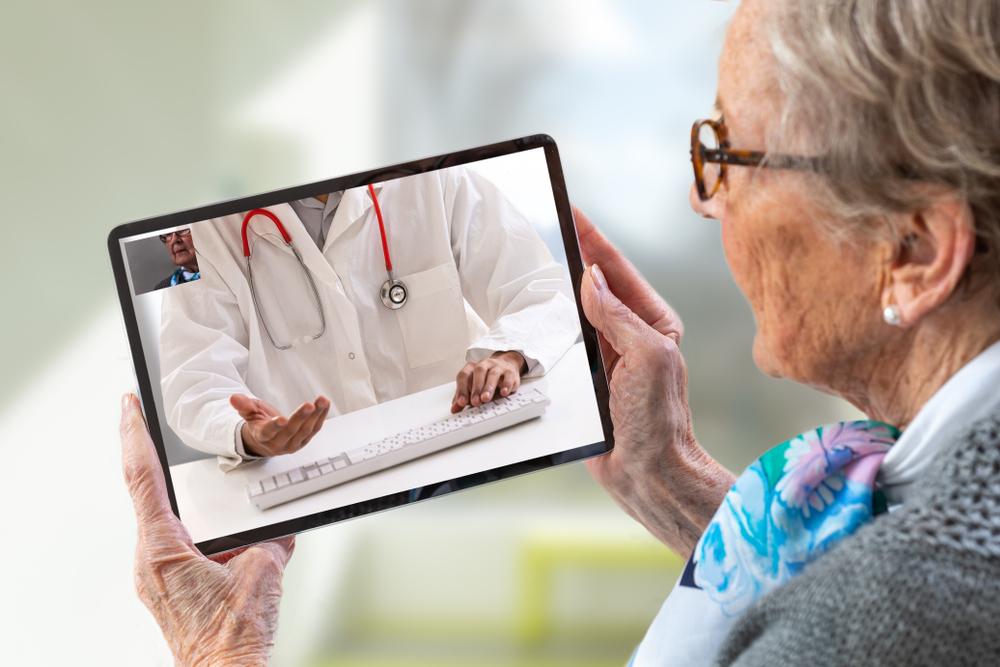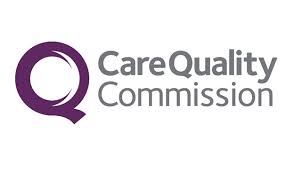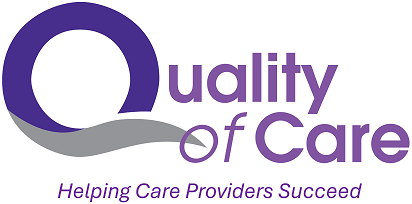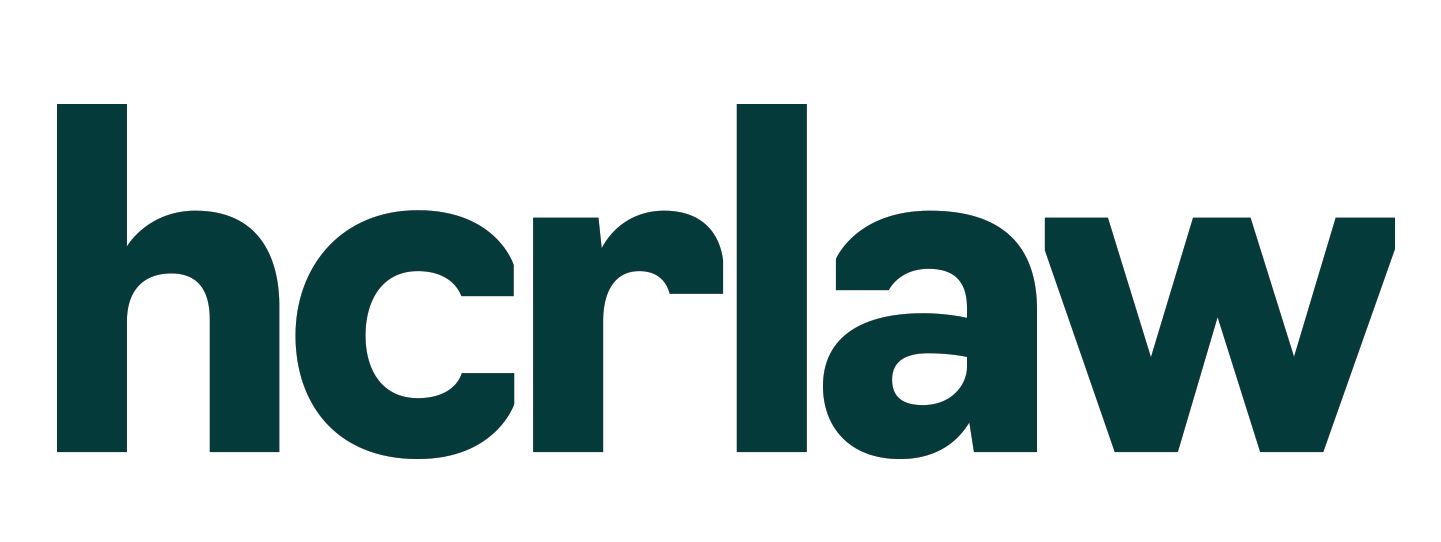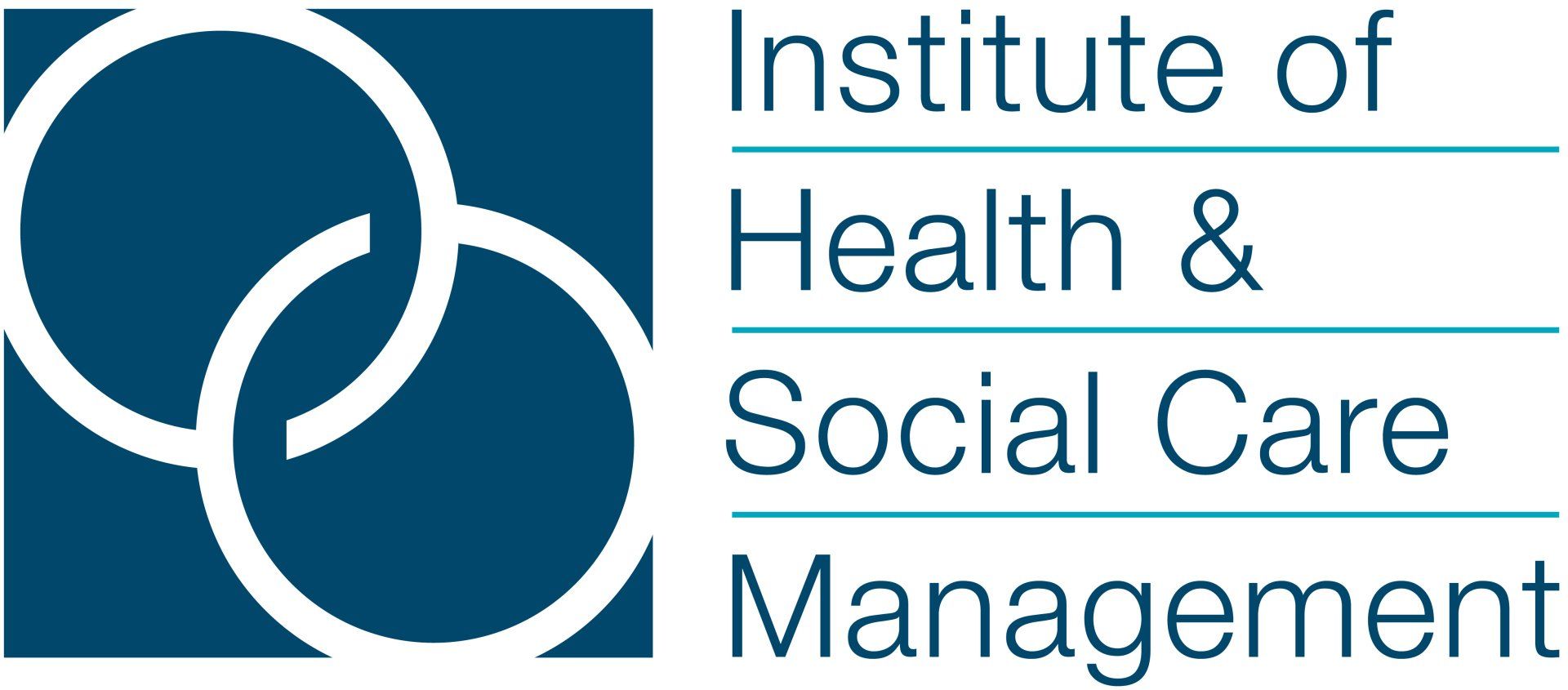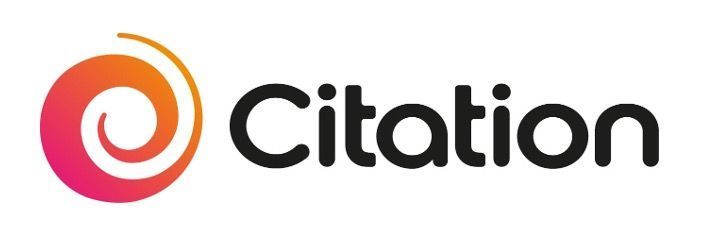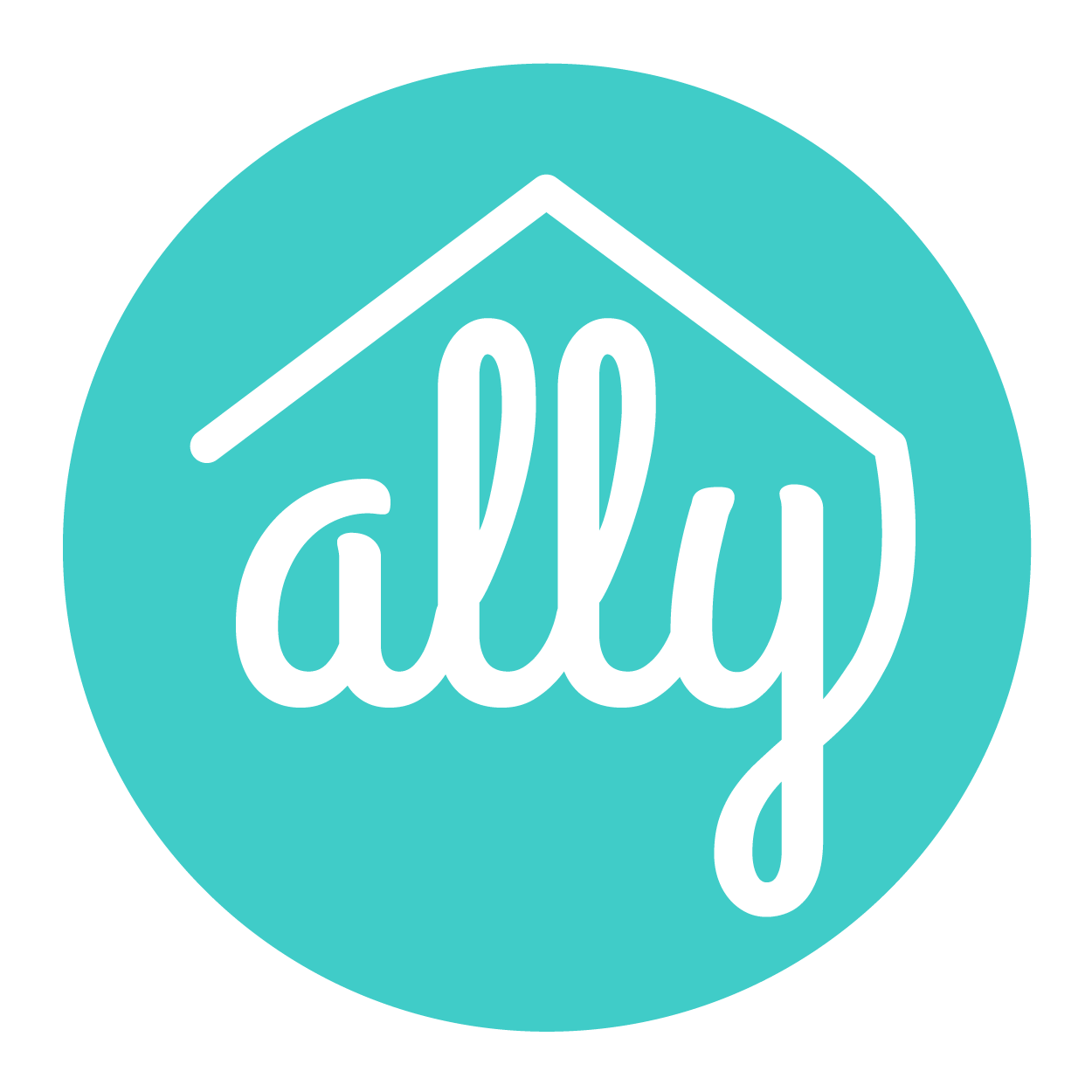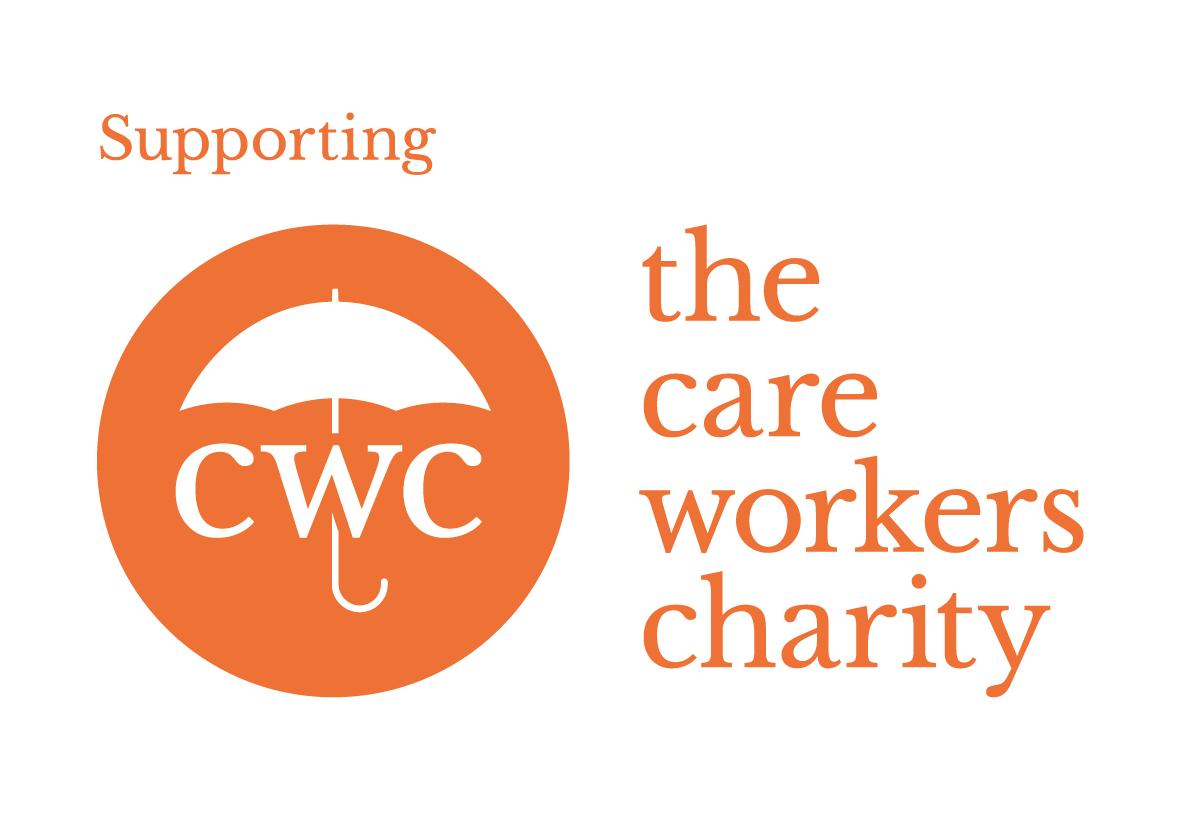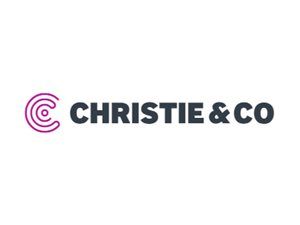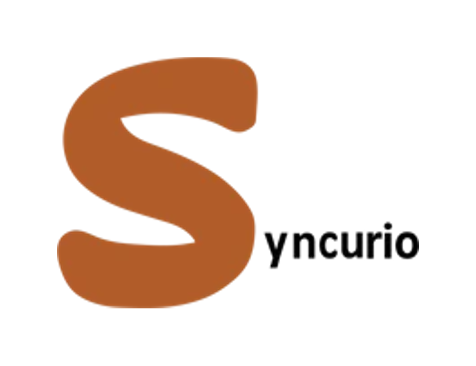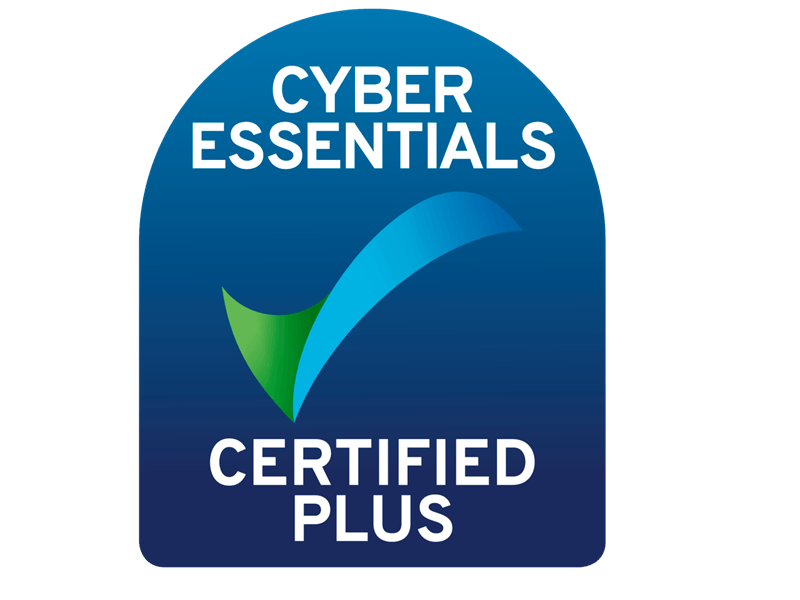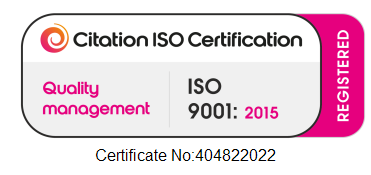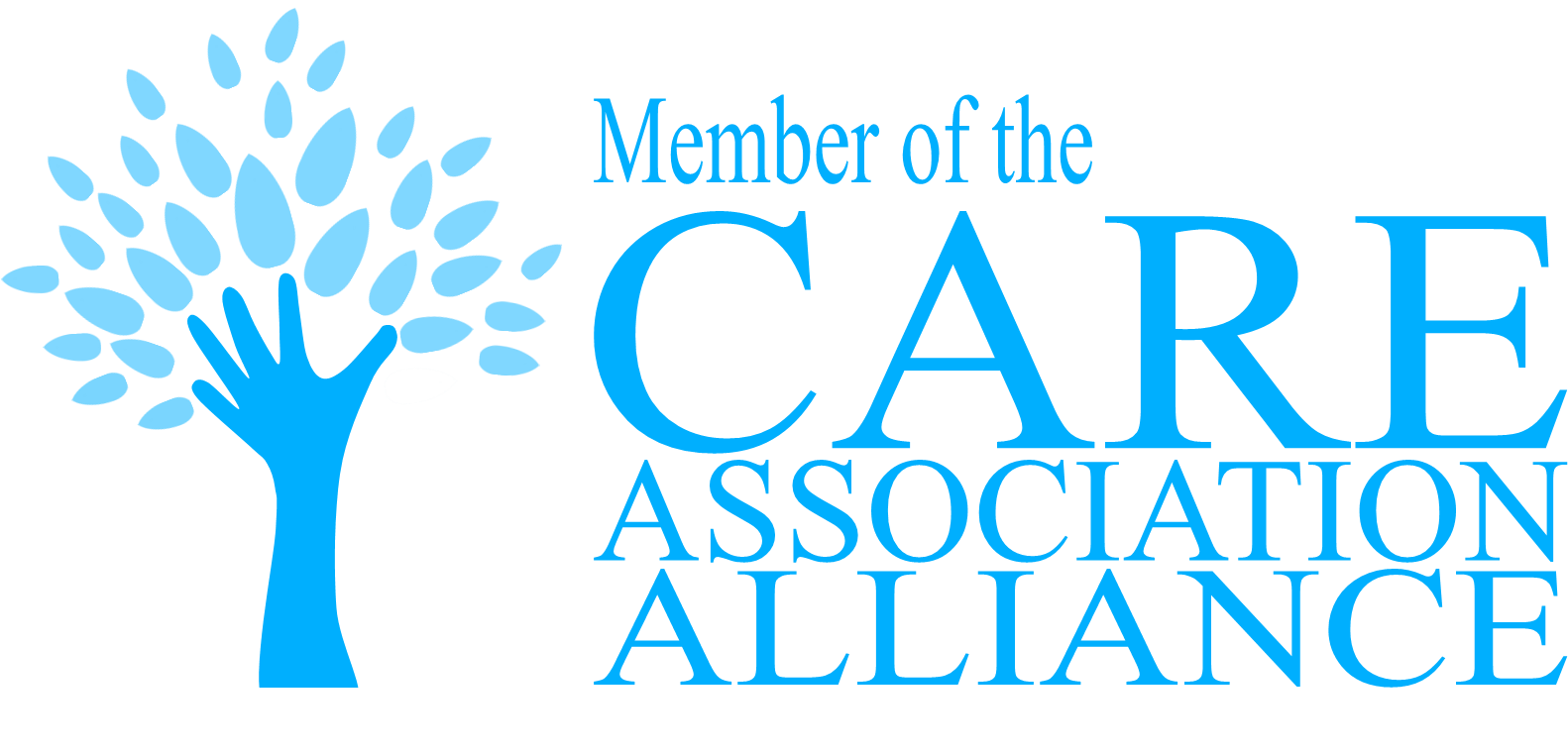Remote Monitoring
Remote monitoring solutions are being increasingly used with proven benefits, to support individuals within a care home setting or in their own homes
What is remote monitoring?
Digital infrastructure that is cloud based and is used to monitor individual’s basic vital signs and symptoms to help with care decisions.
How does it work?
List of Services
-
List Item 1List Item 1
Using the tablet provided, residents’ basic observations, such as temperature and blood pressure, are recorded along with answers to a structured set of questions designed for residential care.
-
List Item 2List Item 2
The data is electronically transmitted to a secure clinical database where it is triaged by clinical professionals
-
List Item 3List Item 3
The GP or monitoring hub make informed decisions around the choice of care needed, for example closer monitoring or changes in medication.
New Cross Care Home in Wolverhampton share their experiences in using a Remote Monitoring solution
How will remote monitoring benefit the care home?
Residents remain in their preferred place of care
Care home residents are at higher risk of needing clinical intervention, but it may not always be possible to access the right care at the right time i.e., hospitals or GP surgeries.
These out of home visits can be distressing for the resident, not to mention the practical challenges of transportation that come with associated risks such as contracting infection(s).
Saves time and money
As soon as a resident becomes unwell instead of the care home staff contacting the GP and waiting for hours on the other end of the phone, the GP (or appropriate clinical professional) will be alerted automatically. Saving both the care home and the GP/PCN time and money.
Residents only go to hospital if absolutely necessary. This equates to a reduction in unnecessary GP callouts, 999 calls and A&E Admissions. A recent pilot in Sussex Community Trust has shown a 75% reduction in admissions compared to the same period in the previous year which equates to financial savings.
Improve CQC Ratings
Your resident’s health and wellbeing remain at the centre of your care. Using remote monitoring means a proactive rather than a reactive model of care and will ensure that your residents receive the appropriate support and intervention quickly. This will go towards improved quality of care and outcomes
Contact us
If you need additional help or advice then our dedicated digital team are here to assist
They are available during normal office hours (Mon - Fri 9.00am - 5.00pm).
Use the chat facility on this website during office hours (Select department WMCA Digital Team)
or
Phone 01384 943000 opt 1
Email enquiries@wmca.digital


